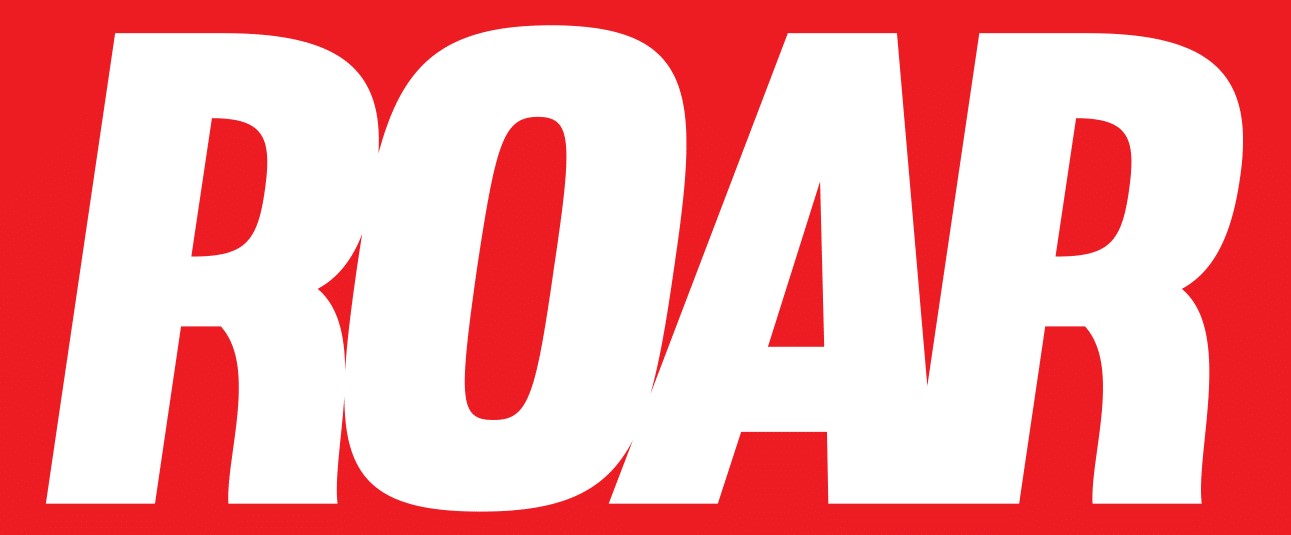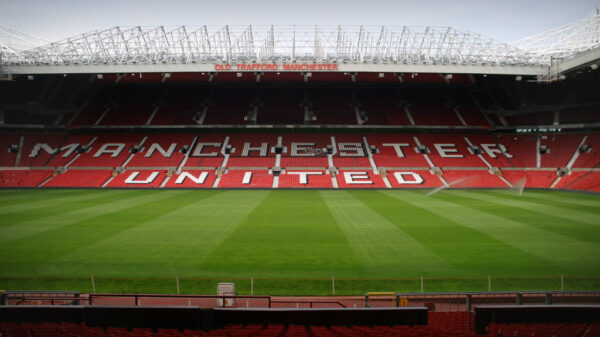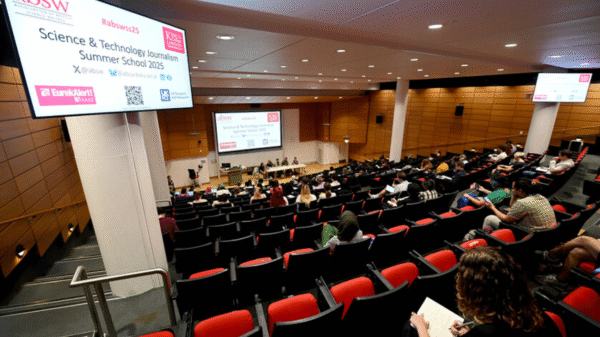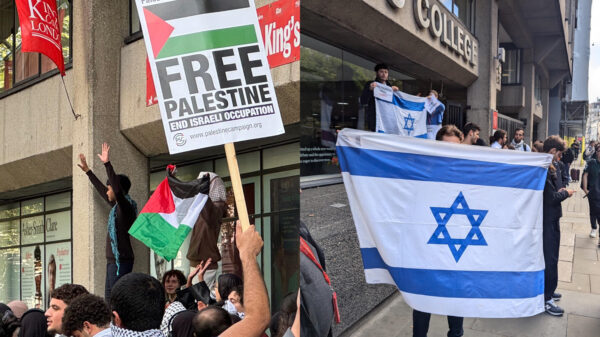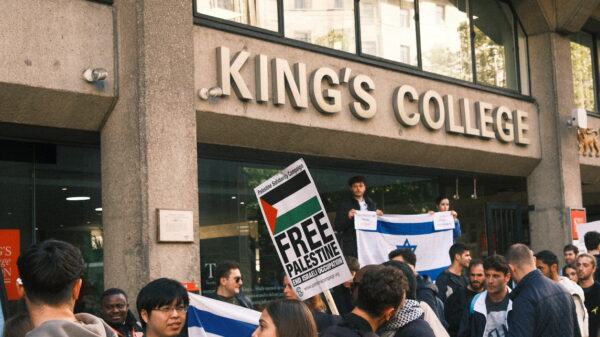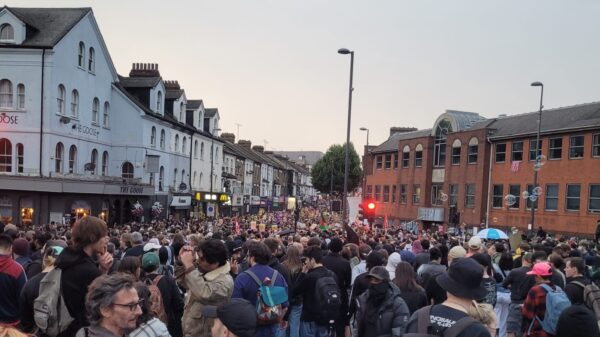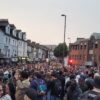Roar writer Sumithra Muttiah writes about the Sri Lankan economic crisis and what it means for the ruling Rajapakse dynasty.
Sri Lanka has been rocked by violence and uncertainty over the last few weeks. Riots sprung up throughout the capital city of Colombo on May 9 as a month of peaceful protests against the ruling Rajapakse family were disrupted by pro-government mobs. Peaceful protesters were attacked, contributing to the resignation of the Prime Minister the same day.
Anti-government protesters first took to the streets in March, as an economic crisis has left many unable to obtain essential items such as food, fuel or medicines. Several citizens have died standing in fuel queues, while a shortage of fuel for generators has led to near-daily electricity cuts across the country.
Anti-government protestors hold the current government, headed by President Gotabaya Rajapakse, to be responsible for the crisis and have demanded his resignation, as well as that of other Rajapakse family members in power. Following the attack on protestors, Prime Minster Mahinda Rajapakse, brother of Gotabaya, stepped down. At the beginning of the crisis, four other Rajapakse family members held cabinet positions – Basil Rajapakse (Minister of Finance), Chamal Rajapakse (Minister of Irrigation), Namal Rajapakse (Minister of Sports) and Shasheendra Rajapakse (Minister of Advanced Agriculture).
The Rajapakse dynasty has been accused of gross mismanagement of the Sri Lankan economy. Shortly after coming into power in 2019, tax cuts were implemented, depleting government revenue. To make matters worse, the pandemic crippled the vital tourism sector, on which the country’s economy is reliant. The finance ministry reported last week that foreign currency reserves had depleted to $50 million.
Sri Lanka defaulted on its $35bn international debt in April and has since turned to the International Monetary Fund to arrange a bailout package. However, while negotiations appear promising, improvement in living conditions does not seem near. Sri Lanka’s consumer inflation — already at 30% — is expected to accelerate to 46% in the third quarter, according to Bloomberg Intelligence.
Amidst this backdrop protests sprung up in front of the Presidential Secretariat. The protest site came to contain food tents, a library and cultural performances. The site, dubbed ‘GotaGoGama’ (Gota Go Village) was severely damaged by pro-government mobs on the May 9, along with attacks on anti-government protestors. This incited riots across the country. Over 50 dwellings, offices and shops belonging to members of the government were burnt, along with memorials to the Rajapakse family members. 8 people were reported to have died in the violence, with over 200 injured.
In response, a country-wide curfew lasting three days was declared, forcing the already struggling economy to a standstill. Military troops and tanks have been deployed to patrol the streets of Colombo. On Tuesday, the Defence Ministry authorised the police and military to shoot-on-sight in order to dispel any further looting or damaging of property.
Prime Minister Mahinda Rajapakse announced his resignation on May 9. Ranil Wickremesinghe, who has held the position six times since 1993, was sworn in as the new Prime Minister on May 12.
The appointment of Wickremasinghe as Prime Minister has been controversial. Some say his experience and links with India and the West could help overcome the economic crisis that led to the protests. However, critics have accused Wickremesinghe of shielding the Rajapakse’s from accountability for the economic mismanagement, stealing funds and human rights violations. Wickremesinghe’s party won just a single seat in the last Parliamentary election, tarnishing his democratic illegitimacy. Already, the main opposition party (Samagi Jana Balawegaya) have refused to support the appointment.
Despite the curfew, tanks patrolling the streets of Colombo and orders for the police to shoot without warning to quell violence, anti-government protestors continue to take to the streets to demand the resignation of the President.
